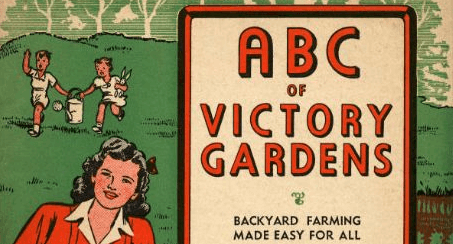The Victory Garden- Preserving the Harvest
It’s taken a lot of planning and hard work but you did it! Your garden is producing! So take a minute to sit back with a glass of sweet tea and enjoy the fruits of your labor, literally!
Next, we’ll talk about preserving your harvest with three different methods.
The first is canning. Now, here at Willow Ridge Garden Center & Landscaping, we are not the subject matter experts in this area. Canning safely is a science, and if not done properly can put you at risk of serious illness or injury. So, for this subject, we are providing a link to the USDA National Center for Home Food Preservation. These are the true experts on the subject of canning.
One tip we can offer about canning is, gather your supplies early in the season or over the winter! When harvest season rolls around canning vegetables supplies are in high demand. Don’t be left with your cucumbers hanging out because you didn’t prepare ahead of time. There’s no worse feeling than throwing food in the compost bin because the store was sold out of canning jars!
Freezing and dehydrating are also two other methods of preserving your harvest. Again, we will refer you to the experts at the USDA for the safest methods for each.
Again, think ahead about your supplies. For freezing, you’ll want a good selection of freezer bags in different sizes, and try not to skimp on quality. It would be a real let down to open a bag of corn in the middle of winter and find it freezer burned.
A great piece of equipment to invest in is a food saver. If you’re not familiar with them, this handy tool draws all of the air out of special storage bags, and then seals it, protecting the contents from developing ice crystals and freezer burn. They can be a little pricey brand new, but if you keep your eyes open you may find one in a thrift store or online.
Dehydrating is also great for certain vegetables and proper methods can be found on the USDA link. But, not everything is suited for this method. Dehydrated cucumbers anyone??? But it’s great for things like tomatoes, kale, apples, and especially herbs!
If possible, try to find a model that has a temperature setting rather than just an on and off switch. This type may be a little more expensive but it will save money on your electric bill!
So take some time to visit the USDA website. There is a ton of great information and instruction there. You’ve worked hard to ensure your food independence so don’t stop now!
Happy Preserving!!

